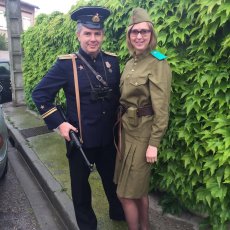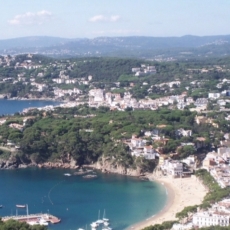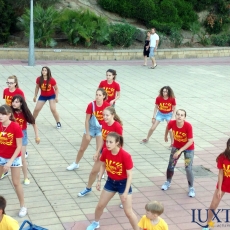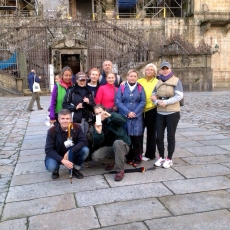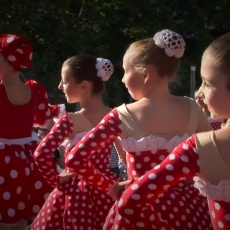Rupit - El Far – Besalú
 We offer to show you the pristine nature of the Pyrenees world and present a true country life.
We offer to show you the pristine nature of the Pyrenees world and present a true country life.
In the Middle Ages in Spain at the site of the old Roman settlements appeared new city, the center of which became the feudal castles. As time passed more neighborhoods appeared whose names were talking about those who lived there: the quarter of artisans, bricklayers’ quarter, the Jewish quarter.
The first center of Besalú was a medieval castle, which rose over the river Fluvia. In 997, in Besalú the Benedictine monastery of Sant Pere was founded. To get to town, surrounded by walls since 1447, you have to cross the bridge consisting of the five spans - a remarkable example of the medieval fortification. The middle age architecture rising from Besalú gives the whole town unique appearance and charm.
The history of the Besalú is undeniably linked with the history of the Jewish people. In this town there is the World’s third largest Mikveh – a place for the ritual bathing in Judaism. Due to the many valued architectural monuments, Besalú was declared Cultural Heritage of Spain in 1996.
Before going to Rupid, we will visit the viewing point at the height of 1100 meters, from there opens the stunning panoramic views of the surrounding areas. There we will have our lunch served to us with the traditional wine.
The village Rupit of the XIV century lies on the basalt rock, at the height of 850 meters above the sea level in National Park area of Garrotxa volcanic origin. Instead of the streets’ asphalt - frozen lava. Every corner of the village fascinates the traveler and brings him back in times of craftsmen, servants, and priests. In the village you can visit the parish church of the XII century with a carved altar of the XV century.
Along with the medieval monuments on the streets, there are souvenir shops with traditional handcrafts, modern shops and cafes which fit into the overall urban landscape very harmoniously.

